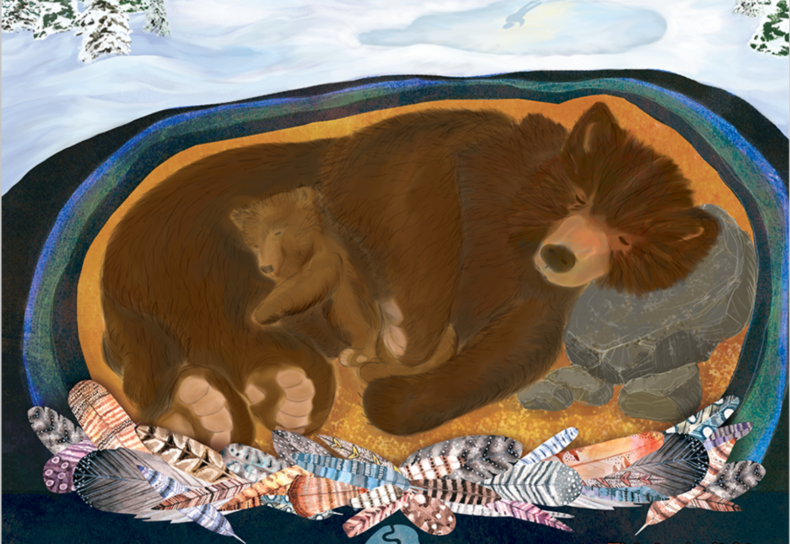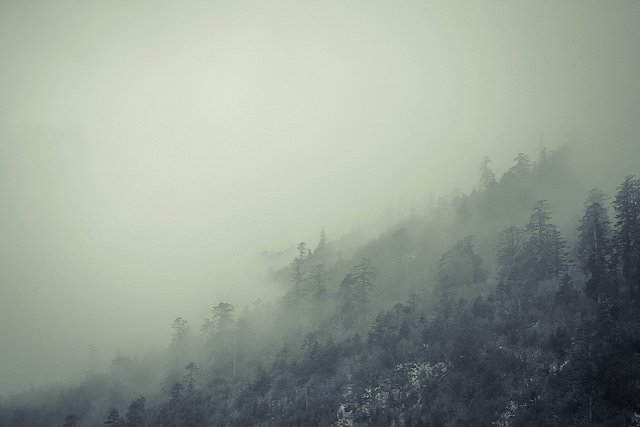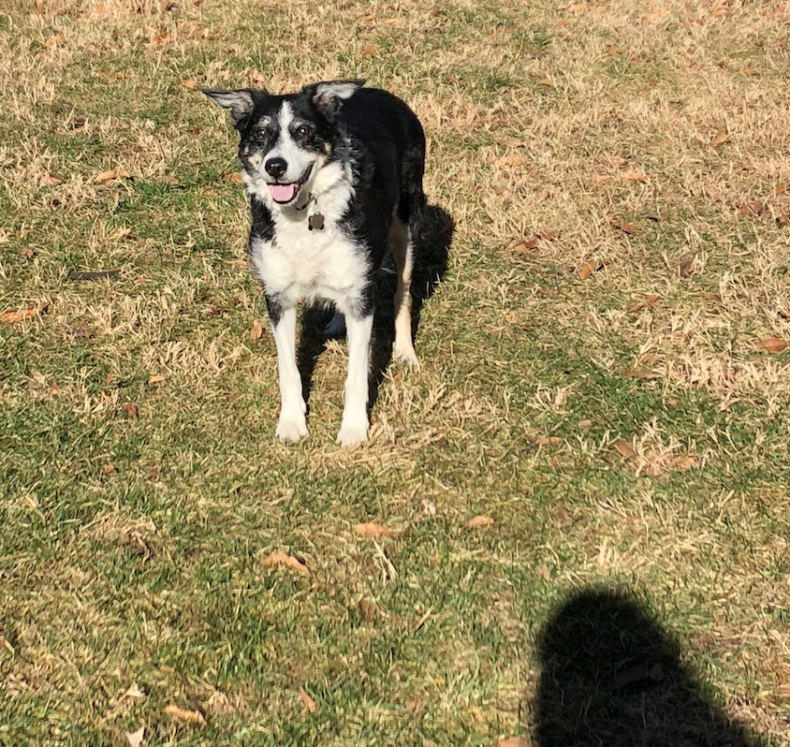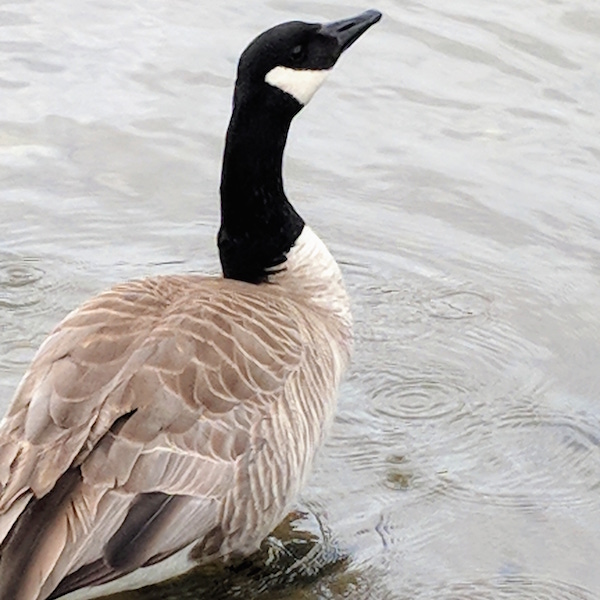
A three-year-old was lost in the woods of North Carolina for two nights last week. The weather was blustery and freezing as searchers covered ground for three days, finding no sign of the boy, doubtful he could have survived a single night, much less two with temperatures reaching the low twenties.
On Thursday evening, he was found alive, tangled in briars 40 or 50 yards into the woods from a dirt road. He was heard calling for his mother. A rescuer waded through thick brush and standing water and disentangled him, reporting that after being lost for three days, the boy was cold, but verbal, and for the the conditions, he was doing “very well.”
He was discovered not far from home near the small town of Ernul, where he’d wandered off while playing, leaving rescuers to wonder how they could have missed him.
The Craven County Sheriff said, based on the child’s story, “he had a friend in the woods that was a bear that was with him, that was with him for two [days].”
A bear in the woods saving a lost child? When I heard the news, I wondered, could such a thing happen?
Continue reading





